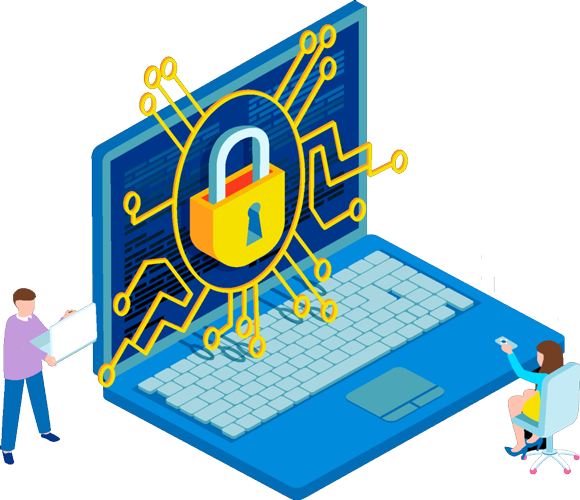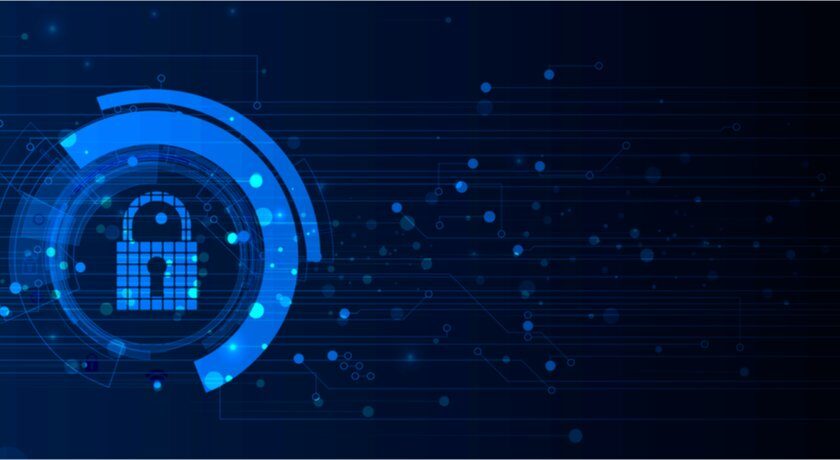Cybersecurity Governance and Risk Management Services
Integrate a proactive management framework into the cybersecurity governance and information security initiatives of your firm. Monitoring threats, analysing risks, assessing infrastructure health, and implementing rapid responses to security concerns.

End-to-end Security Governance and Monitoring: Stay a step ahead of hackers with sophisticated security management
Adopting new security technology and implementing intelligent automation tools are crucial to upgrading business security requirements. To effectively improve the risk postures of a company, these sophisticated technologies must be supported by proactive people, procedures, and frameworks. Without sufficient oversight and technically empowered governance from individuals such as the Chief Information Security Officer (CISO) and security engineers, every long-term security plan is doomed to fail like a house of cards, not to mention the glaring lack of security knowledge.
CDWT, the world’s biggest supplier of application-focused managed cloud services and a leader in cybersecurity, provides the end-to-end governance, monitoring, and compliance of an organization’s security systems, applications, platforms, and processes. Adopt and regulate innovative MDR solutions, security policies, managed data or information systems, SOC operations for deep threat landscape management, DevSecOps ecosystems, and intelligent cloud security technologies using CDWT. Ensure comprehensive oversight and monitoring of diverse IT landscapes and processes in terms of in-depth threat monitoring, hunting, analysis, and remediation. Benefit from in-depth security consultation and 24/7 assistance. Effortlessly improve security awareness, action, and administration across various departments.
Cybersecurity Governance and Assessment Model
Security Posture Evaluation
Conduct interviews, record them, and assess the current security infrastructure.
Access Control and Administration
Analyze user accounts, secrets, keys, and data on user behavior
Security Incident Administration
Evaluate occurrences involving threats to organizational perimeters and do root cause analysis
Governance Compliance
Audit the whole IT stack, procedures, and workflows for security vulnerabilities, regulatory gaps, and compliance concerns.
Network Security Administration
Examine segmentation and firewall policies for typical misconfigurations
Data Security Administration
Evaluate data security for both static and dynamic dataflows.
Cybersecurity Governance and Monitoring Model
Threat and Risk Detection
-
Instrumented alerting
-
Threats Monitoring
-
Security analytics
-
Investigation and Qualification
-
Security assessment and supervision
-
Threat Hunting
-
Incident escalation
-
Incident Response Management
-
Automated response processes
-
Response planning
-
Framework for Advanced Managed Detection and Response
Data Ingestion
-
On-prem enterprise systems
-
Cloud platforms
-
Endpoints
-
Third-party integrations
-
Threat Intelligence
-
Hunting and query automation
-
Data analysis
-
Threat behaviors analysis
-
Alerts Management
-
Breach alerts
-
Security threat or mal-alerts
-
Infra health or risk alerts
-
Investigation and Response
-
Incident investigation
-
Immediate response orchestration
-
Root-cause analysis and strategic modifications if needed
-
Managed Security Operations Center (SOC) and Cybersecurity Governance Model with Information Security Management
Security Risk Management Committee
-
Business | Compliance | Legal | Human Resources | Internal and External Audits | IT | Physical Security | Communication
-
Reports
-
Daily | Weekly | Monthly
-
Meetings
-
Daily | Weekly | Monthly
-
SOC Management Committee
Threat Detection
-
Event Analysis - Tier - 1
-
Event Analysis - Tier - 2
-
Threat Response
-
Incident Response (Tier - 3)
-
Forensic or Malware Analysis
-
Threat Hunting
-
Advanced Threat Protection
-
Metrics and Communication
-
Dashboard and Reporting
-
Threat Intelligence
-
Intel Analysis
-
Engineering
-
Integration
-
Operations and Maintenances
-
Cloud Shared Governance Model for Cybersecurity and Information Security
|
|
Infrastructure-as-a-Service
|
Platform-as-a-Service
|
Software-as-a-Service
|
|---|---|---|---|
|
People
|
Client
|
Client
|
Client
|
|
Data
|
Client
|
Client
|
Client
|
|
Application
|
Client
|
Client
|
CDWT
|
|
OS
|
Client
|
CDWT
|
CDWT
|
|
Virtual Networks
|
Client
|
CDWT
|
CDWT
|
|
Hypervisors
|
CDWT
|
CDWT
|
CDWT
|
|
Servers and Storage
|
CDWT
|
CDWT
|
CDWT
|
|
Physical Networks
|
CDWT
|
CDWT
|
CDWT
|
Compliance Governance Model
Assessment Services
Evaluate compliance gaps and develop compliance strategies.
Implementation Providers
Identify solutions, methods, and resources to improve the compliance management of the company.
Consulting and guidance
Offer Governance, Compliance, and Risk Assessment Services that correspond to contemporary security regulations
CDWT End-to-end Cybersecurity Governance and Delivery Framework
|
Phase
|
Services
|
|---|---|
|
Initial Kick-off
|
Requirements Analysis, Scope analysis, Kick-off meeting
|
|
Communications
|
Expectations assessment, Escalation Matrix sharing, Stakeholders Involvement Mapping
|
|
As-Is/To-Be Business Alignment
|
Process Understanding, Detailed Scoping, Gap Analysis, Final Roadmap
|
|
Project Initiation
|
Strategic go-ahead, PRC/OPF Closure, High-level project planning, Team Alignment
|
|
PMO Alignment
|
Specifications Matching, Solutions Design, Delivery Alignment, D2R Process
|
|
Delivery Alignment
|
PMO Assignment, Solution Testing, D2R Transition, Delivery Handover
|
|
Design and Solution Adoptions
|
HLD/LLD Sign-offs, SOP, CSA Closures, Security D2R, SOC Ops Blueprint
|
|
Delivery Checks and Quality Control
|
QC, SOC Checks, Delivery Sign-offs and Ops Handovers, Continual Improvement
|
|
Governance and Control
|
G|SOC Delivery, Status Reporting, Periodic Meetings, ITSM Delivery, CR Process
|
|
Knowledge Management
|
Research and Content Development, Competence Building, SOPs, Training
|
|
Feedback and Improvement
|
CSAT Surveys, Periodic Alignment, SIP Projects, CRM Excellence
|





